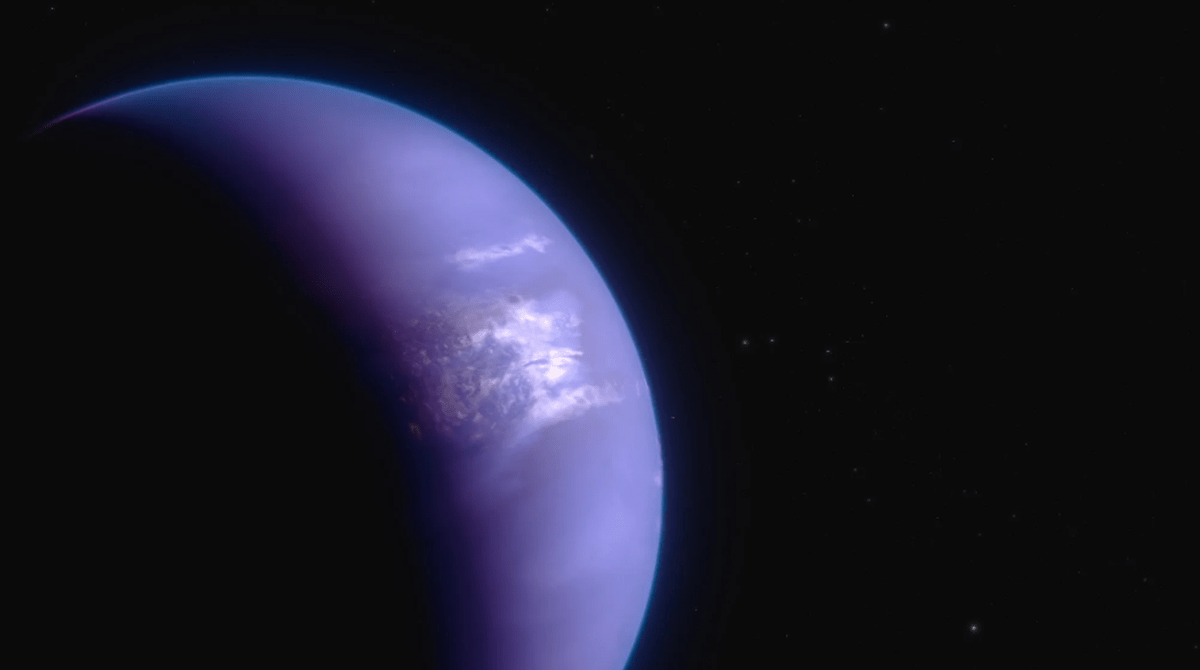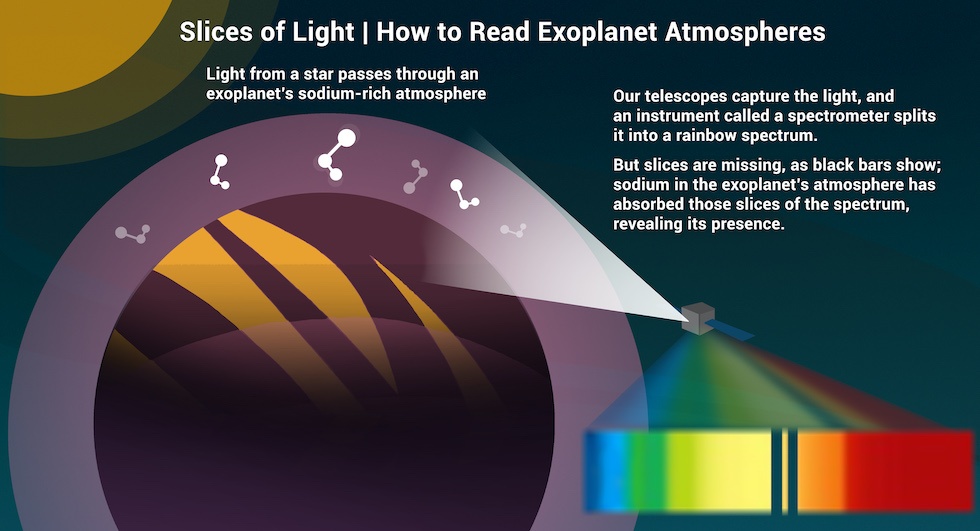After 100,000 orbits and almost 23 years on Mars, NASA’s Mars Odyssey orbiter has seen a lot. The spacecraft was sent to map ice and study its geology, but along the way, it’s captured more than 1.4 million images of the planet.
A recent image captured the Solar System’s tallest mountain and volcano, Olympus Mons.
Continue reading “A New View of Olympus Mons”









